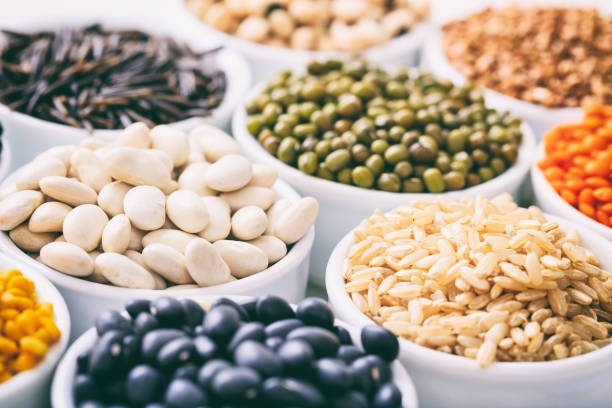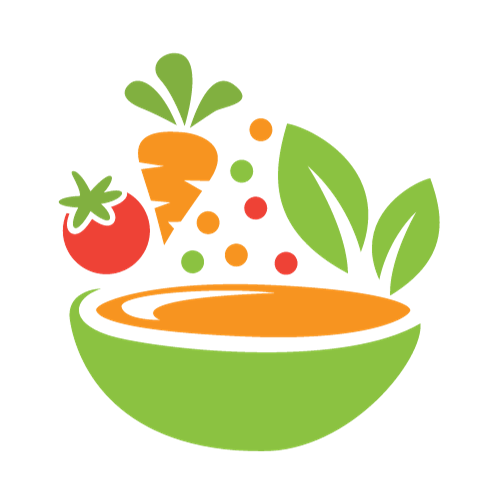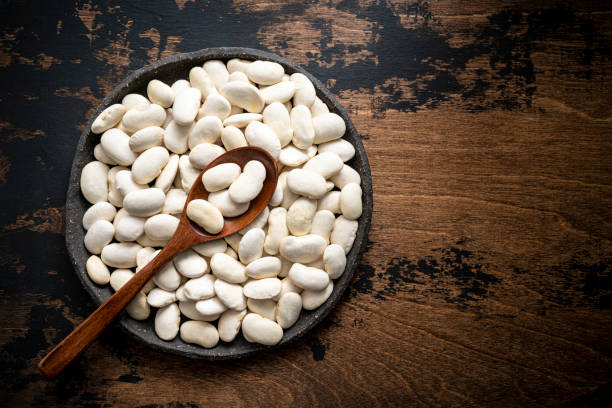G’day, my fellow food enthusiasts! Today, I am excited to dive into the wonderful world of white beans. As someone who loves exploring different ingredients in my vegetarian dishes and cares deeply about the environment, I find that white beans offer not only versatility in the kitchen but also a host of health benefits. Join me as we uncover the various types and varieties of white beans, from navy beans to cannellini beans, and learn how to incorporate them into our culinary adventures.
What are White Beans?
White beans, as the name suggests, are a type of bean that boasts a creamy white color and a mild, nutty flavor. They are a staple ingredient in many cuisines around the world and are prized for their versatility and nutritional value. White beans are rich in protein, fiber, and essential vitamins and minerals, making them a fantastic addition to any vegetarian or plant-based diet.

Types of White Beans
Let’s explore some of the most common types of white beans and their unique characteristics:
- Navy Beans: Navy beans, also known as pea beans, are small, oval-shaped beans with a delicate texture and mild flavor. They are often used in soups, stews, and casseroles, where their creamy consistency helps thicken the dish.
- Cannellini Beans: Cannellini beans are larger and creamier than navy beans, with a slightly nutty flavor and a smooth, velvety texture. They are a staple in Italian cuisine and are commonly used in salads, dips, and pasta dishes.
- Great Northern Beans: Great Northern beans are similar in size to cannellini beans but have a milder flavor and a firmer texture. They hold their shape well during cooking and are often used in hearty soups, chili, and bean salads.
- Baby Lima Beans: While not technically white, baby lima beans have a pale color and a buttery, delicate flavor. They are often used as a substitute for white beans in recipes and can be cooked and enjoyed in much the same way.
Are White Beans and Navy Beans the Same?
One common question that arises is whether white beans and navy beans are the same. While navy beans are indeed a type of white bean, not all white beans are navy beans. Navy beans are specifically a variety of white beans that are small, oval-shaped, and have a smooth texture. However, there are other types of white beans, such as cannellini beans and Great Northern beans, each with its own unique characteristics and culinary uses.
Choosing the Best White Beans
When selecting white beans for your recipes, it’s essential to choose high-quality beans that are fresh and free from any signs of damage or spoilage. Look for beans that are uniform in size, shape, and color, with no cracks or blemishes on the surface. If purchasing dried white beans, opt for organic varieties whenever possible to ensure optimal flavor and nutritional value.
Incorporating White Beans into Your Cooking
Now that we’ve explored the different types and varieties of white beans let’s discuss some creative ways to incorporate them into your cooking:
- Soups and Stews: White beans add heartiness and protein to soups and stews, such as minestrone, white bean chili, and Tuscan bean soup.
- Salads and Sides: Toss cooked white beans into salads for added texture and protein, or mash them with garlic and olive oil for a simple and flavorful side dish.
- Dips and Spreads: Blend cooked white beans with herbs, spices, and olive oil to create creamy dips and spreads, perfect for serving with crackers, bread, or fresh vegetables.
- Pasta and Grain Dishes: Stir cooked white beans into pasta dishes, risottos, and grain bowls for a nutritious boost of protein and fiber.
Let’s Get Cooking!
As we embark on our culinary journey through the world of white beans, I encourage you to experiment with different types and varieties, and discover new and exciting ways to incorporate them into your favorite recipes. Whether you’re simmering a comforting soup on a chilly evening or preparing a vibrant salad for a summer picnic, white beans are sure to add flavor, texture, and nutritional value to your dishes.
So, what are you waiting for? Let’s roll up our sleeves, grab some white beans, and let our culinary creativity shine. Together, we can savor the delights of white beans and embrace their potential to elevate our vegetarian cuisine to new heights.

Happy cooking!

